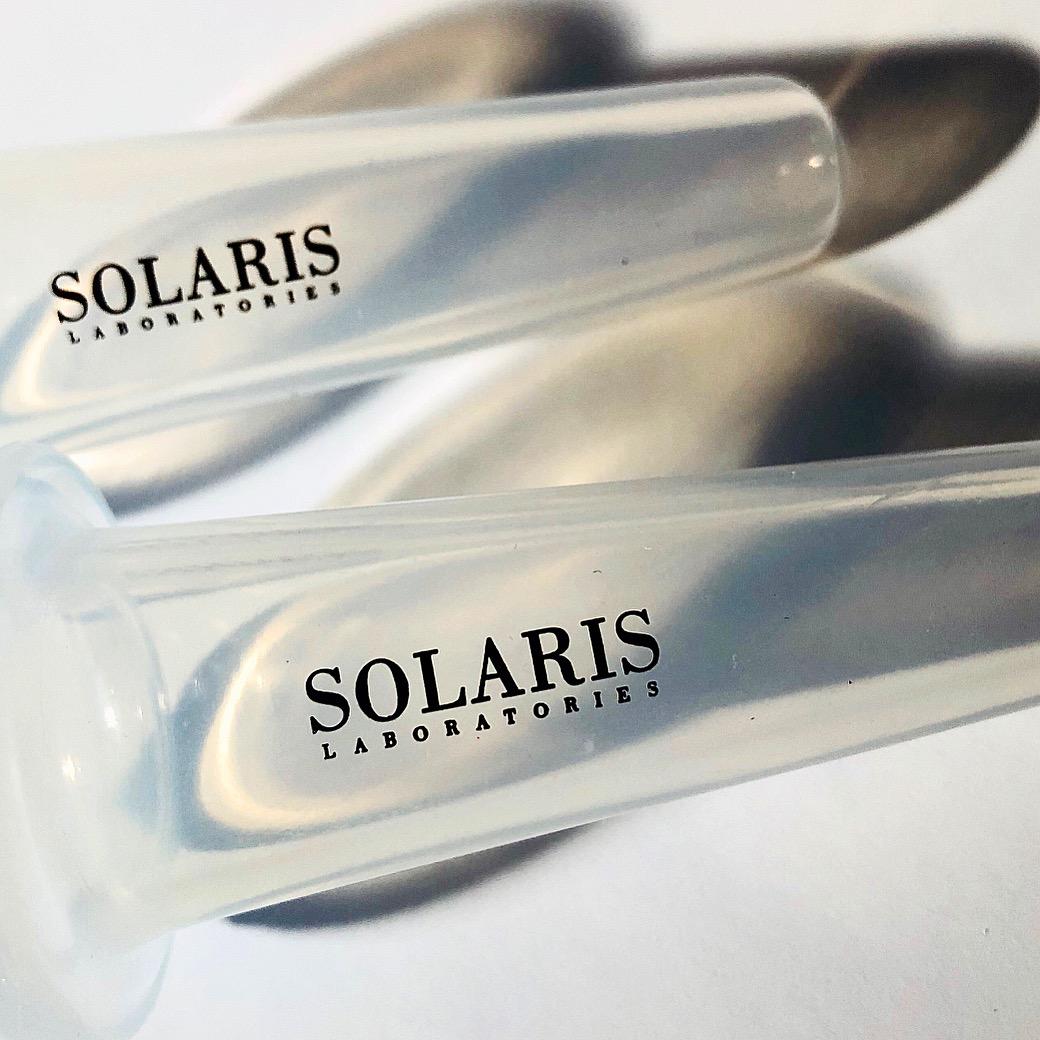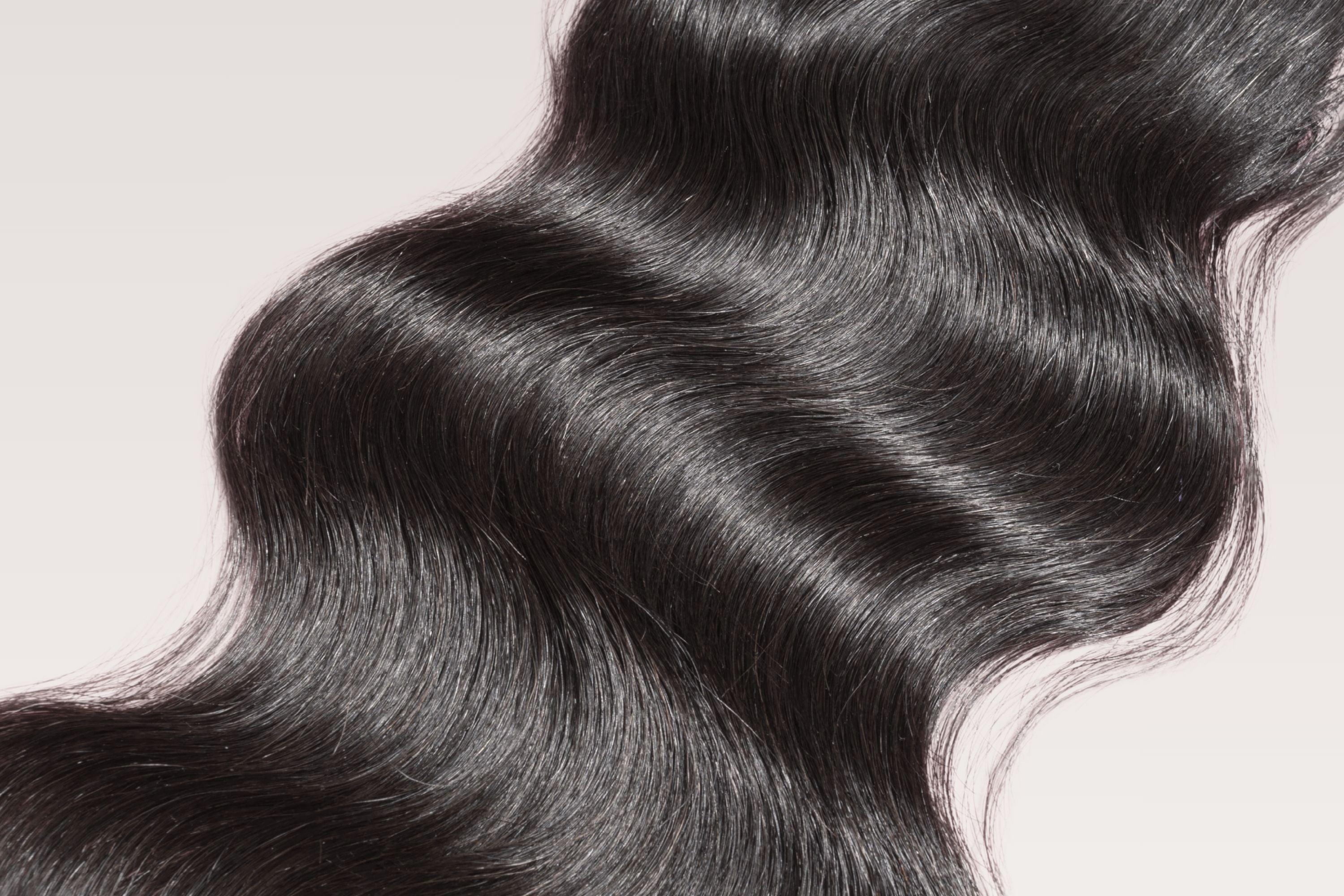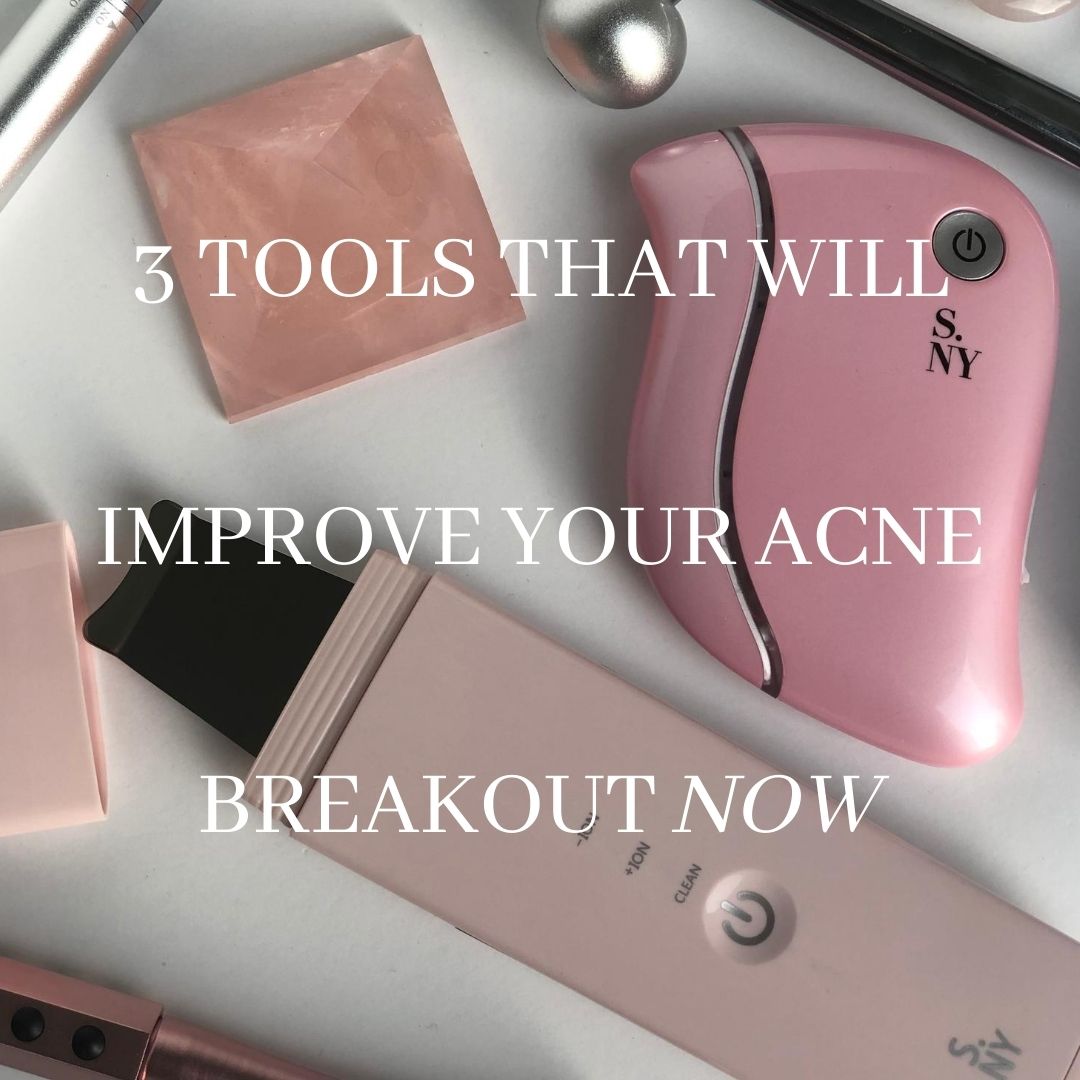LED light therapy: what your skin care has been missing all along

Not into invasive treatments? Do you want to up keep your skin between procedures? Do you like little or no side effects with maximum results? Do you want the procedure to not only treat but prevent as well?
This form of skin rejuvenation therapy diminishes wrinkles, brings an immediate natural radiance and effectively reverses: sun damage, acne, rosacea, sensitive and inflammatory conditions or acne scars.
We have all heard about LED light in skin care, either from a dermatologists office, esthetician or have seen hand held devices like SolarisLaboratories NY its LIT Gua Sha tool, blue LED Ultrasonic Exfoliator that promise to take your skin care to the next level, but does it really work? What is the difference between blue versus red, and what do controlled clinical trials say about it this light therapy treatment? You have the questions and we have the answers!
What we cover:
- What is LED
- How it works
- What it does for the skin
- What is clinical safety
- What is its efficacy (from a medical level standpoint)
LED is a narrow band light energy that triggers the skin cells to accelerate rejuvenation and self repair. NASA developed LED 30 years ago for space travel because wounds heal a lot slower in space. NASA devised specific wavelength ‘light’ to get to certain levels of the skin and boost tissue regeneration. This eventually transitioned into the dermatology space where it was extensively explored and studied until today.

How it works
Unlike lasers, RF frequency or ultrasound that use thermal energy and heat the skin LED does not produce thermal ‘injury’. LED works by a term called photobiomodulation. In a sense the skin uses light as a source of energy to fuel repair damage. It works by exciting the part of your cells that is responsible for absorbing certain wavelengths of light called the ‘chromophores’ This portion then stimulates the fibroblast cells to multiply, grow, and start collagen production. LED therapy has also been clinically proven to not only effectively treat mild to moderate acne but also to prevent it. It is thought that blue LED wavelength penetrates the bacterial DNA and destroys the bonds that hold it together.
LED in skin care
There is a lot of research in the dermatology space regarding blue LED, red LED or combination of the two but the following benefits have been clinically demonstrated across many studies and thousands of participants.
Red LED
- Rejuvenates the skin
- Reduces deep wrinkles
- Smooth out fine lines
- Increases in skin elasticity
- Increases collages
- Increases in circulation*
- Anti inflammatory*
- Decreasing and preventing UV damage
- Decreasing sebum oil*
- Reducing acne scars
- Brightening the skin
- Naturally increases hydration levels
- Medically approved treatment for rosacea
- Shrinks pores
Red light is great at regulating oil production, increasing circulation and works as an anti-inflammatory by decreasing redness as a great treatment for acne elimination and prevention.
Blue LED
- Antibacterial
- Treats acne without irritation
- Reduces oil production
- Reduces eczema and psoriasis
Safety
Current studies show that LED is generally safe! It is not invasive, does not heat skin, with no down time and almost no side effects. In clinical studies the most common side effect was dryness but that was in a very small percentage of population and it was transient. If unsure about any medical condition, consult with a dermatologist but there are a few contraindications such as treating cystic acne, usage on open wounds or sores, or taking any oral medications to treat acne. As with anything, if you’re unsure about a protocol it’s best to consult with medical professional.
Efficacy
There are hundreds of studies that demonstrate in a controlled, medical level trial that phototherapy works but here are a few we pulled that were simple and results impactful.
- In a controlled trial with 136 participants evaluating the efficacy of Red LED on skin improvement.The results were that the treated group experienced significant improvement in anti-aging, complexion and rejuvenation. Photographs also demonstrated significant overall improvement of skin visibly. (Wunsch et al., Photomedicine 2014)
- In a clinical trial of 22 participants of which results were evaluated by dermatologist at week 6, 9, and 12 it was determined that (Red) LED therapy was effective as a method to be used as a light rejuvenation treatment for anti aging purposes. (Sadick et al., Journal of Cosmetic Dermatology, 2008)
- In a clinical trial 13 participants were followed for 5 weeks over the course of red LED use and then their perception of the treatment was assessed. It was found that at the 12 week follow up 91% had improved skin tone and 82% reported enhanced smoothness of the skin over treatment area. (Baez et al., 2007)
- In a clinical study 21 subjects were treated to blue LED therapy for mild to moderate acne for 28 days.The study demonstrated that daily application of LED reduced number of acne lesions significantly. Also, study demonstrated that there was an overall improvement of the skin condition. (Gold et al., Journal of Clinical Aesthetic Dermatology, 2009)


